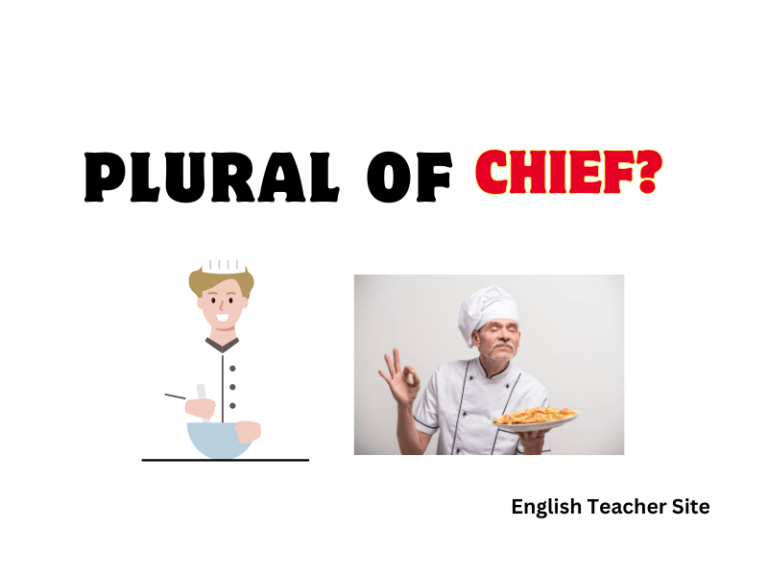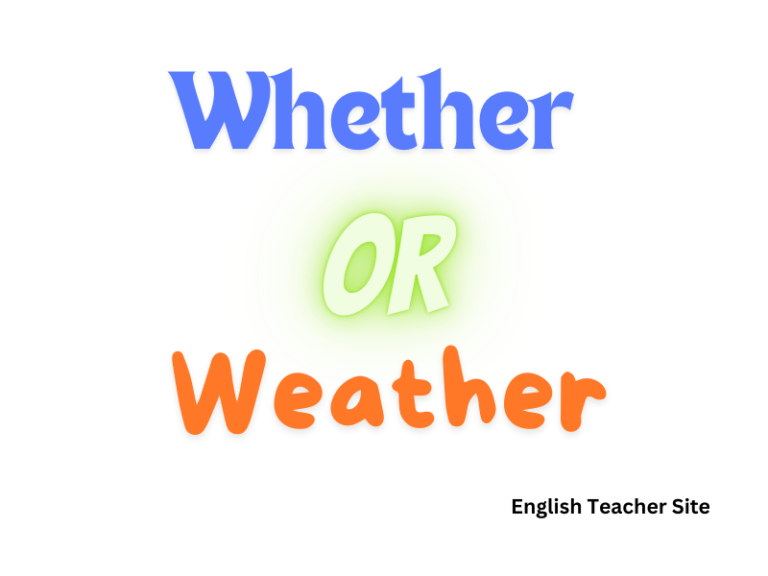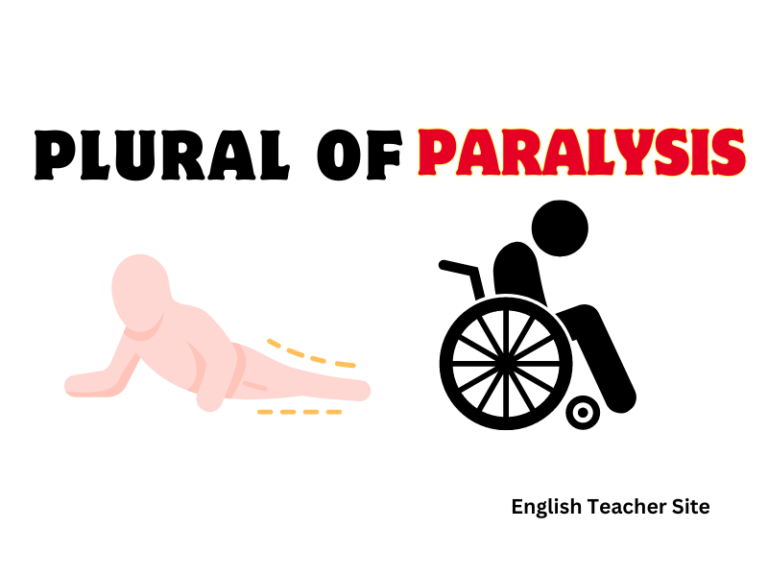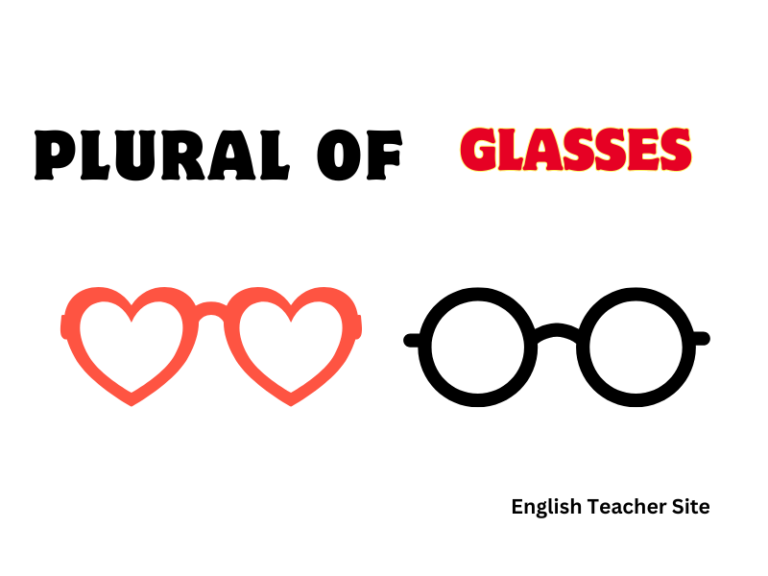What’s the Plural of Life: Understanding Linguistic Variations
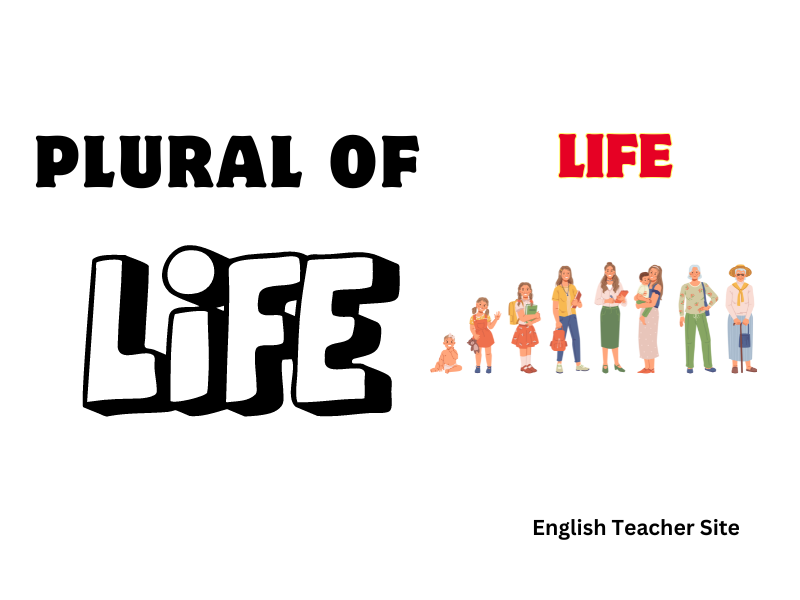
- The plural of “life” is “lives,” transitioning from “f” to “ve” before adding an “s.”
- “Life” is an irregular noun in English, and its plural form follows a common pattern for words ending in “f” or “fe.”
- Understanding the correct pluralization of “life” is key to proper English grammar and communication.
The word “life” is a noun that describes the existence of a living being; particularly, the period between birth and death or the experience of living. When we wish to speak of more than one of these existences or periods, we must use the correct plural form. Unlike regular nouns where one might simply add an “s” or “es” to create the plural, “life” is one of those English nouns that require a spelling change to convey plurality accurately.
What’s the Plural of “Life”?
Here’s a brief glimpse at the singular and plural forms of “life”:
| Singular | Plural |
|---|---|
| life | lives |
The word “life” becomes lives when it refers to more than one instance or form. This transformation involves dropping the ‘f’ and adding ‘ves’ to the end of the word. You’ll notice this pattern is common with several other nouns that end in ‘f’ or ‘fe’.
When we consider the parts of speech, “life” can be both a noun and a verb. Below are some points highlighting its use as a noun:
- Noun: Pertains to the existence of a human or organism.
- Singular example: Every human has one life.
- Plural example: Many people lead interesting lives.
| Parts of Speech | Example Sentence |
|---|---|
| Noun | We celebrate the lives of great people. |
| Verb (Present) | She lives every day to the fullest. |
In verbal form, “lives” may also act as the third person singular present tense of “to live,” which should not be confused with the plural noun. Italicization is employed here to represent a verb in present tense: “She lives in Europe.” Contrast this with the noun: “She spoke about the extraordinary lives of artists.”
“Lifes” or “Lives” – Which is Correct?
The correct plural form of “life” is “lives.” The usage of “lifes” is consistently incorrect as it does not adhere to standard English spelling rules.
Below are two tables illustrating the correct and incorrect forms, as well as their uses:
| Correct Form | Use in a Sentence |
|---|---|
| Lives | The cats have nine lives. |
| Incorrect Form | Attempted Use in a Sentence |
|---|---|
| Lifes | The cats have nine lifes. (Incorrect) |
In the context of English grammar:
“Lives” as a noun:
- Refers to more than one existence or way of living.
- Example: Many lives were changed by the invention.
“Life’s” as a contraction or possessive form:
- Can denote possession, as in something belonging to a single life.
- Contracted form of “life has.”
- Example: A writer might talk about a character’s life’s ambition.
Defining the Word “Life”
Life is a term that evokes complex meanings and interpretations, yet at its core, it refers to the animating principle or the condition that distinguishes living organisms from inorganic matter. This includes characteristics such as the capacity for growth, reproduction, functional activity, and continual change preceding death. Broadly, “life” describes the existence of individual organisms; however, it also encompasses the collective experiences and essential processes that define living entities.
When discussing life in a biological context:
- Scientific Definition: Life is characterized by the ability to consume energy, the capacity for growth, response to the environment, and reproduction.
In a philosophical or existential sense:
- Abstract Definition: It represents the experiences, activities, and existence of an individual being as they navigate through the world.
In everyday language, the word “life” often extends beyond its literal meaning to express the quality of one’s experiences or activities. For instance:
- “She wants to travel to add excitement to her life.”
Here are two tables summarizing key aspects of “life”:
| Biologically Speaking | Existentially Speaking |
|---|---|
| Growth | Experiences |
| Reproduction | Personal development |
| Response to Environment | Socio-cultural activities |
| Energy consumption | Search for meaning |
| Common Idiomatic Usages | Examples |
|---|---|
| Quality of existence | “He leads an adventurous life.” |
| Collectively for organisms | “Wildlife is thriving in the park.” |
Pluralizing “Life”: Why is it “Lives”?
One must understand the general principle for converting singular nouns that end with -fe into plural nouns. Typically, nouns that end in -f or -fe drop the -f or -fe and add -ves to become plural.
The Rule of Thumb for “Life”
| Singular | Plural |
|---|---|
| Life | Lives |
Exceptions to Consider
While ‘life’ becomes lives, not all nouns follow this change:
- Belief –> Beliefs
- Chef –> Chefs
Usage in Sentences
- The lives of great leaders are often studied in history classes.
- Cats are said to have nine lives.
Nouns Ending in -f/-fe Modify to –ves
Below are tables that categorize some of the nouns following this pluralization pattern:
Nouns ending in -f:
| Singular | Plural |
|---|---|
| leaf | leaves |
| knife | knives |
| wolf | wolves |
Nouns ending in -fe:
| Singular | Plural |
|---|---|
| wife | wives |
| life | lives |
| half | halves |
- Typically, nouns ending with -f or -fe modify to -ves in plural.
- Exceptions do exist where the plural is formed by simply adding -s.
Origin of the Word “Life”
The term life stems from a rich etymological background. It traces back to the Old English word līf, which means “existence, the condition of being alive, the period during which something is functional (as between birth and death), the quality that distinguishes a vital and functional being from a dead body.” This, in turn, originates from the Proto-Germanic libam.
The Proto-Indo-European root (PIE) of the word life is thought to be leip-, which means “to stick, adhere; fat” and is a testament to the concept of life as something that maintains cohesion and substance. Over time, the word evolved to represent both the physical and philosophical aspects of existence and vivacity.
| Proto-Language | Word | Meaning |
|---|---|---|
| Proto-Germanic | libam | A noun related to life |
| Old English | līf | Existence, being alive, vitality |
From a linguistic perspective, life illustrates the dynamic nature of language and how it encapsulates both tangible and intangible concepts.
- Old English: līf (The current word life is derived from this)
- Proto-Germanic: libam
- Proto-Indo-European: leip- (The root from which life is theorized to be derived)
In the evolution of English, life has consistently denoted the state of living but also enveloped the spiritual and emotional components that define humanity’s existence.
Examples of “Life” Used in Context
Below are two tables showing distinct contexts where life and lives are correctly used.
Singular Usage of “Life”
| Sentence | Explanation |
|---|---|
| The life of the honeybee is fascinating to study. | Life is singular, referring to the existence of one species. |
| Every life has its own unique path and challenges. | Life is singular, emphasizing the individuality of existence. |
Plural Usage of “Lives”
| Sentence | Explanation |
|---|---|
| The lives of the pioneers were filled with hardships. | Lives is plural, referring to the existences of many individuals. |
| Natural disasters can claim many lives in a short period. | Lives is plural, used to denote multiple people affected. |
Additionally, context can affect the form of life used in a sentence:
- In scientific research, they study the life cycle of a butterfly.
- During their lifetime, writers often influence the lives of their readers.
- Historical documents can offer insights into the life of ancient civilizations.
- The documentary captures the lives of several different species in the Sahara Desert.
Examples of the Word “Lives” in Sentences
Here are examples illustrating the proper use of “lives” as a plural noun in English sentences.
Simple Present
- She saves lives as a medical professional.
- Many lives are changed by technological advancements.
Simple Past
- The invention of the telephone enriched lives worldwide.
Future
- They hope to touch many more lives through their charity work.
| Tense | Example Sentence |
|---|---|
| Present Perfect | Doctors have saved countless lives this year. |
| Past Perfect | Before electric lights, people led their lives by the rhythm of the sun. |
In literature and storytelling:
- The novel explores the intertwining lives of its characters.
- Throughout history, extraordinary lives have inspired countless works of art.
| Context | Example Sentence |
|---|---|
| Descriptive | The photographer captured the daily lives of city dwellers. |
| Reflective | The memoir reflects on the lives once lived in the old house. |
- In a broad sense:
- The policy’s impact reached into the lives of all the town’s residents.
- Natural disasters disrupt lives and can cause widespread devastation.
Using “lives” illustrates the concept of multiple existences, experiences, or beings and is essential for correct noun pluralization in these contexts.
Phrases and Idioms Involving the Word “Life”
Below are tables highlighting a few common idioms involving the word “life.”
Common Life Idioms
| Idiom | Meaning |
|---|---|
| Breathe new life into | To revitalize something with fresh ideas or enthusiasm |
| A new lease on life | An opportunity to improve one’s life or situation |
| For dear life | With desperate effort, as in clinging for survival |
| That’s life! | An expression acknowledging the complexities or unfairness of life |
Phrases Containing the Word “Life”
- In real life (IRL): Used to differentiate between activities or interactions occurring offline, as opposed to the online world.
- Life’s too short: Implies that one should enjoy life and not waste time on trivial matters.
- Life of the party: Describes someone who is very lively and the center of attention at social gatherings.
- Larger than life: Refers to a personality or event that is exaggerated and seems more extraordinary than reality.
Sources
My name is Khamis Maiouf. I am the creator of the English Teacher Site, dedicated to providing valuable resources and insights for students around the world. With a passion for education and a commitment to helping students enhance their skills, I aim to make English teaching more effective and enjoyable for both educators and students.

